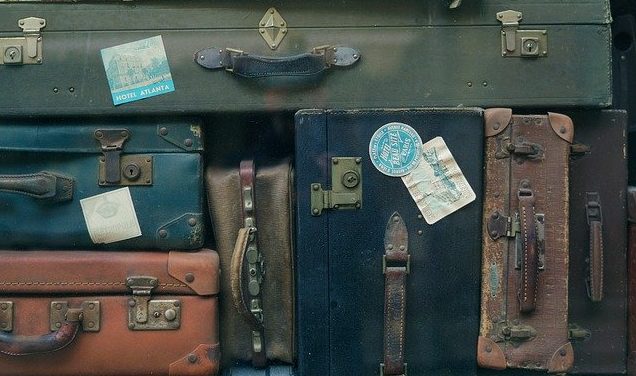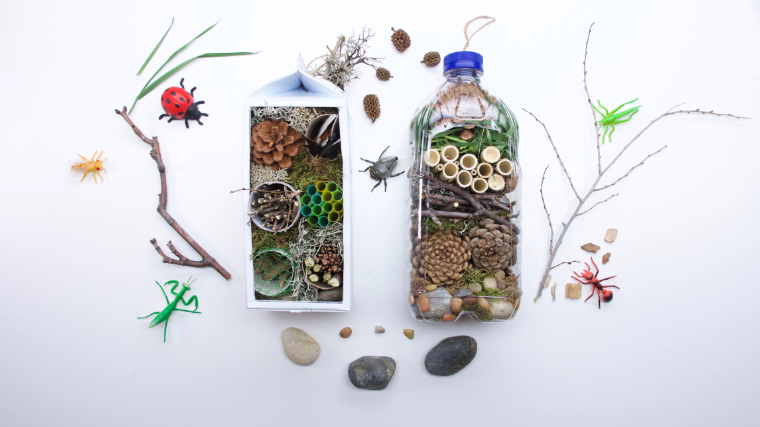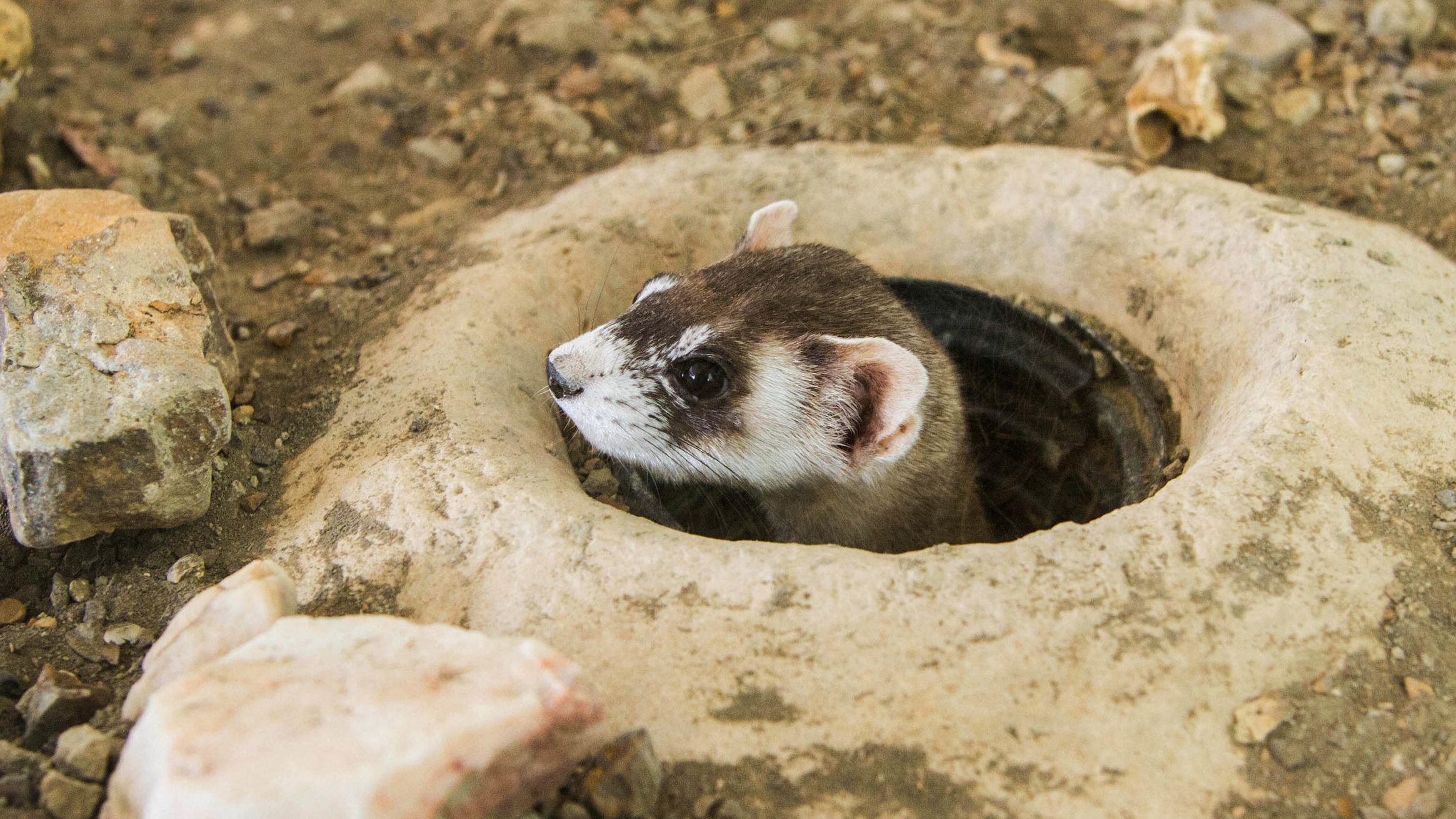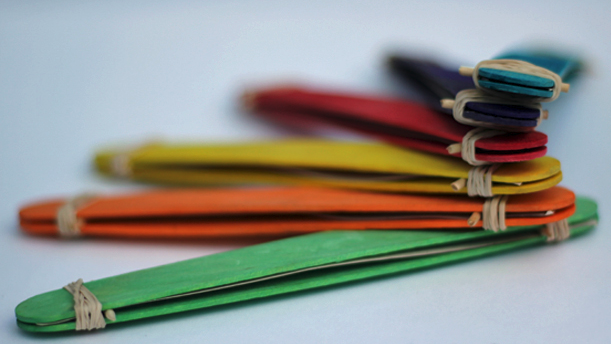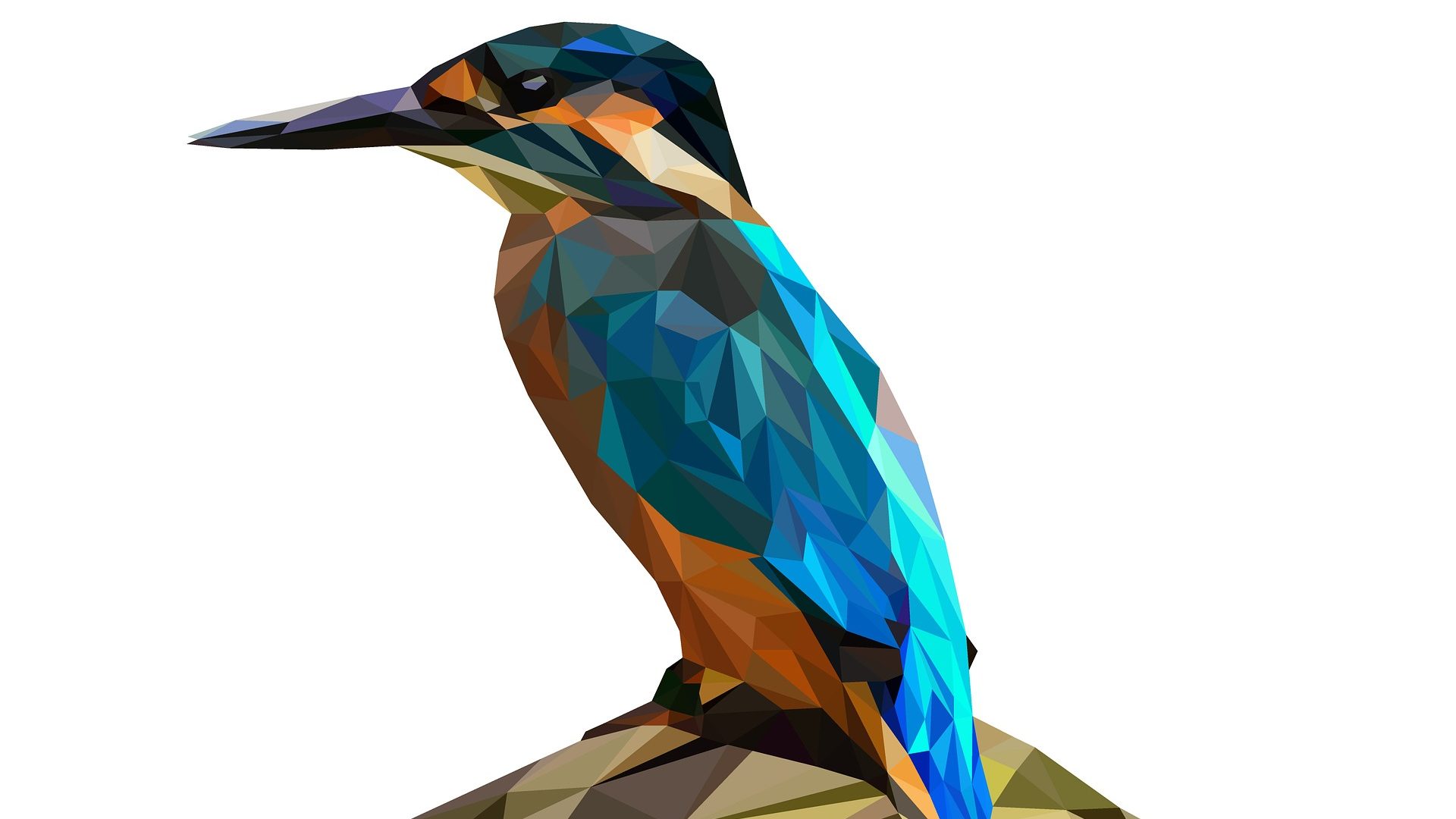Post written by Alex Ballou, Marketing Assistant.
Traveling from the comforts of your own home!
Here at FCMoD, we believe in the importance of exploration. And during times like this, we want to provide resources to continue discovery and exploration.
In this blog post, we’ve compiled a list of our recommended virtual tours to travel from the comfort of your home during this time. Learn more below!
- Have you ever wanted to visit the Great Wall of China? Well, now is your chance to visit this wonder of the world that stretches more than 3000 miles across several provinces through this virtual tour.
- Take a virtual tour of Arconic Foundation hub in Alcoa, TN and learn about the exciting ways robotics and digital technology impact the skills needed to succeed in Advanced Manufacturing.
- Visit Manitoba, Canada for the annual polar bear migration. Thanks to Discovery Education we can study the science of polar bears and their Arctic habitat from afar.
- Staying indoors? No problem! Join us as we explore the great outdoors virtually. Enjoy this virtual tour of Mammoth Hot Springs Trails.
- Discover Mud Volcano Trail in Yellowstone. Learn about the sights, smells, and sounds you would uncover in this virtual tour.
- Lastly, on our outdoors journey, stop in at Yellowstone National Park and experience it in 3-D – from beautiful landscape, wildlife, and geysers – explore the park like never before.
Even though the museum is closed, we want to continue to inspire creativity and encourage hands-on learning for all!
Continue Reading
